Is Flatter Better?
Change Can Be Incremental
Lately, many companies who implemented the ‘flat’ or holocratic structure as a method to promote innovation and respond faster to market demands are experiencing more pain than the models have promised. The holocratic structure has brought them a myriad of constitutions and coordination along with unimagined difficulties that only surface mid-implementation.
Disturbed and unsettled by the liberation of the lack of hierarchy, many employees become reflective and ask themselves several fundamental questions. For instance: If job specification and reporting lines become more dynamic, and working arrangements from hours, home working and holidays are flexible, shouldn’t conventional remuneration models and bonus systems be dynamic in response? Also, how is career development and growth achieved in less clearly defined organizational setup?
Because there is no one-size-fits-all solution, people often settle in between for a hybrid organisation structure.
Similarly, in agile project management, where Waterfall and Scrum complement each other wonderfully in a WaterScrum ;-), it is necessary to find an individual solution for new organisation structures appropriate to the needs of the business and its customers. A business’s transformation to self-organization is about looking for specific changes that fit the current situation in the business.
It is important that the management team has a clear vision of where it wants to go and that the leaders are emotionally one step ahead of their colleagues. And this involves taking into consideration all of the employees and as well as the emotional consequences that come along with them.
Start change at the top, led by engaging
The key to any form of restructuring or scaling is to understand that a company is an ecosystem that needs clear guidance and leadership. The questions to ask yourselves are: What’s wrong with us now? What needs to change for things to get better? Which changes would bring us closer to these goals? Therefore, lean is a mindset that must first find its way into the executive floor before teams and units are hectically restructured. Leadership should ideally be about ‘Engage-and-Align’ rather than ‘Command-and-Control’. This is crucial and shapes not only processes but also the company culture towards a more collaborative, agile and customer-centric organisation.
Managers at all levels must be prepared to abandon old thought patterns and behaviour to break new ground. Interestingly in larger companies, middle management is often the barrier to innovation. This group of intermediate management have been conditioned to report to executive management and seldom have a hand in creatively shaping projects. Because the execution of these projects manifests their role, they are averse to failure. However, this is completely opposing the fail-fast and fail-forward culture, that is necessary to drive innovation. Only by failing, one can uncover new learnings and remove irrelevant products or features. Encouraging or replacing these employees is one of the biggest challenges in the change to flatter and thus more innovative organizations. Gaining the courage to address employees’ fears and their resistance to change is one of the biggest challenges when introducing change.
It doesn’t always have to be a radical change. If we believe that a company is an ecosystem, we can take a more biological perspective on the organisation; that the mutual relationship between species in a network is what enables an ecosystem to thrive. The smallest changes that occur within the ecosystem can have major effects in the entire system. Change can be incremental.
Is Flatter Better?
Change Can Be Incremental
Lately, many companies who implemented the ‘flat’ or holocratic structure as a method to promote innovation and respond faster to market demands are experiencing more pain than the models have promised. The holocratic structure has brought them a myriad of constitutions and coordination along with unimagined difficulties that only surface mid-implementation.
Disturbed and unsettled by the liberation of the lack of hierarchy, many employees become reflective and ask themselves several fundamental questions. For instance: If job specification and reporting lines become more dynamic, and working arrangements from hours, home working and holidays are flexible, shouldn’t conventional remuneration models and bonus systems be dynamic in response? Also, how is career development and growth achieved in less clearly defined organisational setup?
Because there is no one-size-fits-all solution. People often settle in between for a hybrid organisation structure.
Similarly, in agile project management, where Waterfall and Scrum complement each other wonderfully in a WaterSrum ;-), it is necessary to find an individual solution for new organisation structures appropriate to the needs of the business and its customers. A business’s transformation to self-organization is about looking for specific changes that fit the current situation in the business.
It is important that the management team has a clear vision of where it wants to go and that the leaders are emotionally one step ahead of their colleagues. And this involves taking into consideration all of the employees and as well as the emotional consequences that come along with them.
Start change at the top, led by engaging
The key to any form of restructuring or scaling is to understand that a company is an ecosystem that needs clear guidance and leadership. The questions to ask yourselves are: What’s wrong with us now? What needs to change for things to get better? Which changes would bring us closer to these goals? Therefore, lean is a mindset that must first find its way into the executive floor before teams and units are hectically restructured. Leadership should ideally be about ‘Engage-and-Align’ rather than ‘Command-and-Control’. This is crucial and shapes not only processes but also the company culture towards a more collaborative, agile and customer-centric organisation.
Managers at all levels must be prepared to abandon old thought patterns and behaviour to break new ground. Interestingly in larger companies, middle management is often the barrier to innovation. This group of intermediate management have been conditioned to report to executive management and seldom have a hand in creatively shaping projects. Because the execution of these projects manifests their role, they are averse to failure. However, this is completely opposing the fail-fast and fail-forward culture, that is necessary to drive innovation. Only by failing, one can uncover new learnings and remove irrelevant products or features. Encouraging or replacing these employees is one of the biggest challenges in the change to flatter and thus more innovative organizations. Gaining the courage to address employees’ fears and their resistance to change is one of the biggest challenges when introducing change.
It doesn’t always have to be a radical change. If we believe that a company is an ecosystem, we can take a more biological perspective on the organisation; that the mutual relationship between species in a network is what enables an ecosystem to thrive. The smallest changes that occur within the ecosystem can have major effects in the entire system. Change can be incremental.
Is Flatter Better?
Change Can Be Incremental
Lately, many companies who implemented the ‘flat’ or holocratic structure as a method to promote innovation and respond faster to market demands are experiencing more pain than the models have promised. The holocratic structure has brought them a myriad of constitutions and coordination along with unimagined difficulties that only surface mid-implementation.
Disturbed and unsettled by the liberation of the lack of hierarchy, many employees become reflective and ask themselves several fundamental questions. For instance: If job specification and reporting lines become more dynamic, and working arrangements from hours, home working and holidays are flexible, shouldn’t conventional remuneration models and bonus systems be dynamic in response? Also, how is career development and growth achieved in less clearly defined organizational setup?
Because there is no one-size-fits-all solution, people often settle in between for a hybrid organisation structure.
Similarly, in agile project management, where Waterfall and Scrum complement each other wonderfully in a WaterScrum ;-), it is necessary to find an individual solution for new organisation structures appropriate to the needs of the business and its customers. A business’s transformation to self-organization is about looking for specific changes that fit the current situation in the business.
It is important that the management team has a clear vision of where it wants to go and that the leaders are emotionally one step ahead of their colleagues. And this involves taking into consideration all of the employees and as well as the emotional consequences that come along with them.
Start change at the top, led by engaging
The key to any form of restructuring or scaling is to understand that a company is an ecosystem that needs clear guidance and leadership. The questions to ask yourselves are: What’s wrong with us now? What needs to change for things to get better? Which changes would bring us closer to these goals? Therefore, lean is a mindset that must first find its way into the executive floor before teams and units are hectically restructured. Leadership should ideally be about ‘Engage-and-Align’ rather than ‘Command-and-Control’. This is crucial and shapes not only processes but also the company culture towards a more collaborative, agile and customer-centric organisation.
Managers at all levels must be prepared to abandon old thought patterns and behaviour to break new ground. Interestingly in larger companies, middle management is often the barrier to innovation. This group of intermediate management have been conditioned to report to executive management and seldom have a hand in creatively shaping projects. Because the execution of these projects manifests their role, they are averse to failure. However, this is completely opposing the fail-fast and fail-forward culture, that is necessary to drive innovation. Only by failing, one can uncover new learnings and remove irrelevant products or features. Encouraging or replacing these employees is one of the biggest challenges in the change to flatter and thus more innovative organizations. Gaining the courage to address employees’ fears and their resistance to change is one of the biggest challenges when introducing change.
It doesn’t always have to be a radical change. If we believe that a company is an ecosystem, we can take a more biological perspective on the organisation; that the mutual relationship between species in a network is what enables an ecosystem to thrive. The smallest changes that occur within the ecosystem can have major effects in the entire system. Change can be incremental.
Is Flatter Better?
Change Can Be Incremental
Lately, many companies who implemented the ‘flat’ or holocratic structure as a method to promote innovation and respond faster to market demands are experiencing more pain than the models have promised. The holocratic structure has brought them a myriad of constitutions and coordination along with unimagined difficulties that only surface mid-implementation.
Disturbed and unsettled by the liberation of the lack of hierarchy, many employees become reflective and ask themselves several fundamental questions. For instance: If job specification and reporting lines become more dynamic, and working arrangements from hours, home working and holidays are flexible, shouldn’t conventional remuneration models and bonus systems be dynamic in response? Also, how is career development and growth achieved in less clearly defined organisational setup?
Because there is no one-size-fits-all solution, people often settle in between for a hybrid organisation structure.
Similarly, in agile project management, where Waterfall and Scrum complement each other wonderfully in a WaterScrum ;-), it is necessary to find an individual solution for new organisation structures appropriate to the needs of the business and its customers. A business’s transformation to self-organization is about looking for specific changes that fit the current situation in the business.
It is important that the management team has a clear vision of where it wants to go and that the leaders are emotionally one step ahead of their colleagues. And this involves taking into consideration all of the employees and as well as the emotional consequences that come along with them.
Start change at the top, led by engaging
The key to any form of restructuring or scaling is to understand that a company is an ecosystem that needs clear guidance and leadership. The questions to ask yourselves are: What’s wrong with us now? What needs to change for things to get better? Which changes would bring us closer to these goals? Therefore, lean is a mindset that must first find its way into the executive floor before teams and units are hectically restructured. Leadership should ideally be about ‘Engage-and-Align’ rather than ‘Command-and-Control’. This is crucial and shapes not only processes but also the company culture towards a more collaborative, agile and customer-centric organisation.
Managers at all levels must be prepared to abandon old thought patterns and behaviour to break new ground. Interestingly in larger companies, middle management is often the barrier to innovation. This group of intermediate management have been conditioned to report to executive management and seldom have a hand in creatively shaping projects. Because the execution of these projects manifests their role, they are averse to failure. However, this is completely opposing the fail-fast and fail-forward culture, that is necessary to drive innovation. Only by failing, one can uncover new learnings and remove irrelevant products or features. Encouraging or replacing these employees is one of the biggest challenges in the change to flatter and thus more innovative organizations. Gaining the courage to address employees’ fears and their resistance to change is one of the biggest challenges when introducing change.
It doesn’t always have to be a radical change. If we believe that a company is an ecosystem, we can take a more biological perspective on the organisation; that the mutual relationship between species in a network is what enables an ecosystem to thrive. The smallest changes that occur within the ecosystem can have major effects in the entire system. Change can be incremental.
Is Flatter Better?
Change Can Be Incremental
Lately, many companies who implemented the ‘flat’ or holocratic structure as a method to promote innovation and respond faster to market demands are experiencing more pain than the models have promised. The holocratic structure has brought them a myriad of constitutions and coordination along with unimagined difficulties that only surface mid-implementation.
Disturbed and unsettled by the liberation of the lack of hierarchy, many employees become reflective and ask themselves several fundamental questions. For instance: If job specification and reporting lines become more dynamic, and working arrangements from hours, home working and holidays are flexible, shouldn’t conventional remuneration models and bonus systems be dynamic in response? Also, how is career development and growth achieved in less clearly defined organisational setup?
Because there is no one-size-fits-all solution, people often settle in between for a hybrid organisation structure.
Similarly, in agile project management, where Waterfall and Scrum complement each other wonderfully in a WaterScrum ;-), it is necessary to find an individual solution for new organisation structures appropriate to the needs of the business and its customers. A business’s transformation to self-organization is about looking for specific changes that fit the current situation in the business.
It is important that the management team has a clear vision of where it wants to go and that the leaders are emotionally one step ahead of their colleagues. And this involves taking into consideration all of the employees and as well as the emotional consequences that come along with them.
Start change at the top, led by engaging
The key to any form of restructuring or scaling is to understand that a company is an ecosystem that needs clear guidance and leadership. The questions to ask yourselves are: What’s wrong with us now? What needs to change for things to get better? Which changes would bring us closer to these goals? Therefore, lean is a mindset that must first find its way into the executive floor before teams and units are hectically restructured. Leadership should ideally be about ‘Engage-and-Align’ rather than ‘Command-and-Control’. This is crucial and shapes not only processes but also the company culture towards a more collaborative, agile and customer-centric organisation.
Managers at all levels must be prepared to abandon old thought patterns and behaviour to break new ground. Interestingly in larger companies, middle management is often the barrier to innovation. This group of intermediate management have been conditioned to report to executive management and seldom have a hand in creatively shaping projects. Because the execution of these projects manifests their role, they are averse to failure. However, this is completely opposing the fail-fast and fail-forward culture, that is necessary to drive innovation. Only by failing, one can uncover new learnings and remove irrelevant products or features. Encouraging or replacing these employees is one of the biggest challenges in the change to flatter and thus more innovative organizations. Gaining the courage to address employees’ fears and their resistance to change is one of the biggest challenges when introducing change.
It doesn’t always have to be a radical change. If we believe that a company is an ecosystem, we can take a more biological perspective on the organisation; that the mutual relationship between species in a network is what enables an ecosystem to thrive. The smallest changes that occur within the ecosystem can have major effects in the entire system. Change can be incremental.
When giving teams autonomy, you decentralize decision processes. Radical Agility and self-managed teams offer advantages, such as: opening up for creativity and finding original solutions. However, teams can become small competitive business units, which can be counter-productive. New principles must be defined and maintained for this to function smoothly.
When giving teams autonomy, you decentralize decision processes. Radical Agility and self-managed teams offer advantages, such as: opening up for creativity and finding original solutions. However, teams can become small competitive business units, which can be counter-productive. New principles must be defined and maintained for this to function smoothly.
When giving teams autonomy, you decentralize decision processes. Radical Agility and self-managed teams offer advantages, such as: opening up for creativity and finding original solutions. However, teams can become small competitive business units, which can be counter-productive. New principles must be defined and maintained for this to function smoothly.

Tools and techniques to drive collaboration
and innovation
Here are a few recommendations and suggested readings on how to get your team to commit to bold goals and on processes for solving problems and testing new ideas:
- Experiment with new problem-solving processes to speed up decision-making and to avoid endless meetings and discussions before you can be sure you have the right solution. Gain an understanding of how to rapidly progress from problem to tested solution. The Sprint Book by Jake Knapp with John Zeratsky and Braden Kowitz.
- OKRs (Objectives and Key Results) are a powerful tool to deal with a radical focus to get the right things done. They can be used by individuals and for an entire team. OKRs have to cascade through the entire company and therefore require the buy-in of the top management. This makes it a highly-involved method. OKRs help us to make individual and company goals transparent. This prevents hidden agendas and promotes team cohesion because every team member is encouraged to help others achieve their goals. Find out more here.
- Teamwork, communication, agility and creativity are increasingly shaping our work. However, the workspace has an enormous influence on this and therefore it is considered an important building block for economic success. Get a grasp on how workspace design has a direct influence on agile working methods. Discover more here.
- And finally: Innovation labs are no saviour for new structures and ways of thinking that radiate into the company. Don’t outsource innovation – insource it and make it the core of the company.
Tools and techniques to drive collaboration
and innovation
Here are a few recommendations and suggested readings on how to get your team to commit to bold goals and on processes for solving problems and testing new ideas:
- Experiment with new problem-solving processes to speed up decision-making and to avoid endless meetings and discussions before you can be sure you have the right solution. Gain an understanding of how to rapidly progress from problem to tested solution. The Sprint Book by Jake Knapp with John Zeratsky and Braden Kowitz.
- OKRs (Objectives and Key Results) are a powerful tool to deal with a radical focus to get the right things done. They can be used by individuals and for an entire team. OKRs have to cascade through the entire company and therefore require the buy-in of the top management. This makes it a highly-involved method. OKRs help us to make individual and company goals transparent. This prevents hidden agendas and promotes team cohesion because every team member is encouraged to help others achieve their goals. Find out more here.
- Teamwork, communication, agility and creativity are increasingly shaping our work. However, the workspace has an enormous influence on this and therefore it is considered an important building block for economic success. Get a grasp on how workspace design has a direct influence on agile working methods. Discover more here.
- And finally: Innovation labs are no saviour for new structures and ways of thinking that radiate into the company. Don’t outsource innovation – insource it and make it the core of the company.
Tools and techniques to drive collaboration and innovation
Here are a few recommendations and suggested readings on how to get your team to commit to bold goals and on processes for solving problems and testing new ideas:
- Experiment with new problem-solving processes to speed up decision-making and to avoid endless meetings and discussions before you can be sure you have the right solution. Gain an understanding of how to rapidly progress from problem to tested solution. The Sprint Book by Jake Knapp with John Zeratsky and Braden Kowitz.
- OKRs (Objectives and Key Results) are a powerful tool to deal with a radical focus to get the right things done. They can be used by individuals and for an entire team. OKRs have to cascade through the entire company and therefore require the buy-in of the top management. This makes it a highly-involved method. OKRs help us to make individual and company goals transparent. This prevents hidden agendas and promotes team cohesion because every team member is encouraged to help others achieve their goals. Find out more here.
- Teamwork, communication, agility and creativity are increasingly shaping our work. However, the workspace has an enormous influence on this and therefore it is considered an important building block for economic success. Get a grasp on how workspace design has a direct influence on agile working methods. Discover more here.
- And finally: Innovation labs are no saviour for new structures and ways of thinking that radiate into the company. Don’t outsource innovation – insource it and make it the core of the company.
Tools and techniques to drive collaboration and innovation
Here are a few recommendations and suggested readings on how to get your team to commit to bold goals and on processes for solving problems and testing new ideas:
- Experiment with new problem-solving processes to speed up decision-making and to avoid endless meetings and discussions before you can be sure you have the right solution. Gain an understanding of how to rapidly progress from problem to tested solution. The Sprint Book by Jake Knapp with John Zeratsky and Braden Kowitz.
- OKRs (Objectives and Key Results) are a powerful tool to deal with a radical focus to get the right things done. They can be used by individuals and for an entire team. OKRs have to cascade through the entire company and therefore require the buy-in of the top management. This makes it a highly-involved method. OKRs help us to make individual and company goals transparent. This prevents hidden agendas and promotes team cohesion because every team member is encouraged to help others achieve their goals. Find out more here.
- Teamwork, communication, agility and creativity are increasingly shaping our work. However, the workspace has an enormous influence on this and therefore it is considered an important building block for economic success. Get a grasp on how workspace design has a direct influence on agile working methods. Discover more here.
- And finally: Innovation labs are no saviour for new structures and ways of thinking that radiate into the company. Don’t outsource innovation – insource it and make it the core of the company.
Tools and techniques to drive collaboration and innovation
Here are a few recommendations and suggested readings on how to get your team to commit to bold goals and on processes for solving problems and testing new ideas:
- Experiment with new problem-solving processes to speed up decision-making and to avoid endless meetings and discussions before you can be sure you have the right solution. Gain an understanding of how to rapidly progress from problem to tested solution. The Sprint Book by Jake Knapp with John Zeratsky and Braden Kowitz.
- OKRs (Objectives and Key Results) are a powerful tool to deal with a radical focus to get the right things done. They can be used by individuals and for an entire team. OKRs have to cascade through the entire company and therefore require the buy-in of the top management. This makes it a highly-involved method. OKRs help us to make individual and company goals transparent. This prevents hidden agendas and promotes team cohesion because every team member is encouraged to help others achieve their goals. Find out more here.
- Teamwork, communication, agility and creativity are increasingly shaping our work. However, the workspace has an enormous influence on this and therefore it is considered an important building block for economic success. Get a grasp on how workspace design has a direct influence on agile working methods. Discover more here.
- And finally: Innovation labs are no saviour for new structures and ways of thinking that radiate into the company. Don’t outsource innovation – insource it and make it the core of the company.
Application to reality
Finding and integrating the right talent is becoming a great challenge for emerging new hybrid companies, as internal structures and corporate culture are often very complex. Companies are urgently seeking candidates who adapt quickly to new structures and are able to improve them. In addition to their vertical and professional skills and the ability to network horizontally with other specialists – not forgetting the personality of the candidate plays an important role. Collaboration is only possible through empathy with the ability to put oneself in the position of others. Assessments and tests make it possible to identify these abilities in a candidate. When assembling complete teams, an adaptive approach is recommended in which the requirements are gradually adapted to the role. So that a balanced ratio of hard and soft skills is created in the team.
If you would like to find out more on this topic please reach out to me on LinkedIn.
Application to reality
Finding and integrating the right talent is becoming a great challenge for emerging new hybrid companies, as internal structures and corporate culture are often very complex. Companies are urgently seeking candidates who adapt quickly to new structures and are able to improve them. In addition to their vertical and professional skills and the ability to network horizontally with other specialists – not forgetting the personality of the candidate plays an important role. Collaboration is only possible through empathy with the ability to put oneself in the position of others. Assessments and tests make it possible to identify these abilities in a candidate. When assembling complete teams, an adaptive approach is recommended in which the requirements are gradually adapted to the role. So that a balanced ratio of hard and soft skills is created in the team.
If you would like to find out more on this topic please reach out to me on LinkedIn.
Application to reality
Finding and integrating the right talent is becoming a great challenge for emerging new hybrid companies, as internal structures and corporate culture are often very complex. Companies are urgently seeking candidates who adapt quickly to new structures and are able to improve them. In addition to their vertical and professional skills and the ability to network horizontally with other specialists – not forgetting the personality of the candidate plays an important role. Collaboration is only possible through empathy with the ability to put oneself in the position of others. Assessments and tests make it possible to identify these abilities in a candidate. When assembling complete teams, an adaptive approach is recommended in which the requirements are gradually adapted to the role. So that a balanced ratio of hard and soft skills is created in the team.
If you would like to find out more on this topic please reach out to me on LinkedIn.
Application to reality
Finding and integrating the right talent is becoming a great challenge for emerging new hybrid companies, as internal structures and corporate culture are often very complex. Companies are urgently seeking candidates who adapt quickly to new structures and are able to improve them. In addition to their vertical and professional skills and the ability to network horizontally with other specialists – not forgetting the personality of the candidate plays an important role. Collaboration is only possible through empathy with the ability to put oneself in the position of others. Assessments and tests make it possible to identify these abilities in a candidate. When assembling complete teams, an adaptive approach is recommended in which the requirements are gradually adapted to the role. So that a balanced ratio of hard and soft skills is created in the team.
If you would like to find out more please reach out to me on LinkedIn.
Photo credit © Paul Rikeit
Photo credit © Paul Rikeit
What I Share
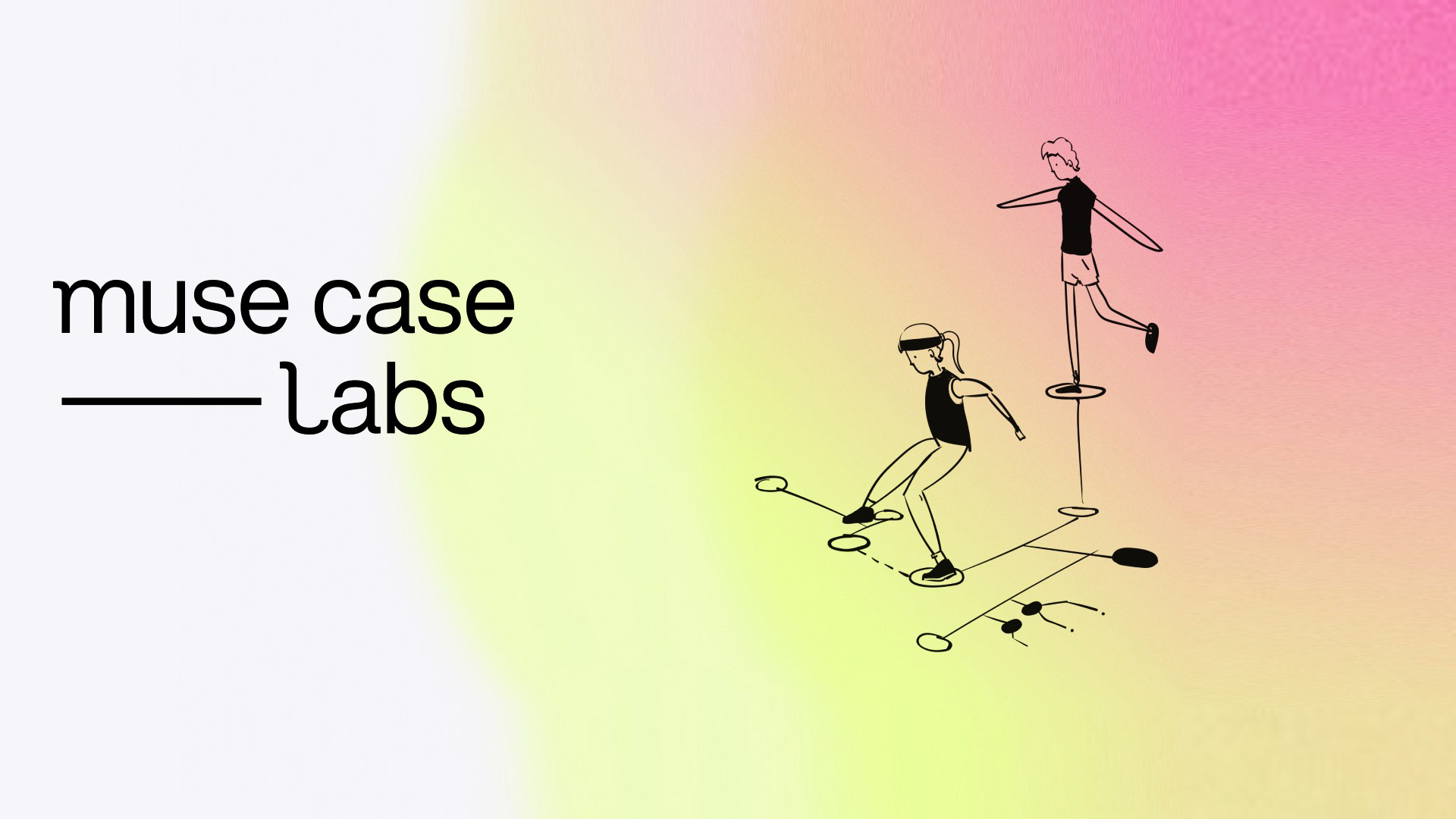
Design in Transitionmuse case labs Interview
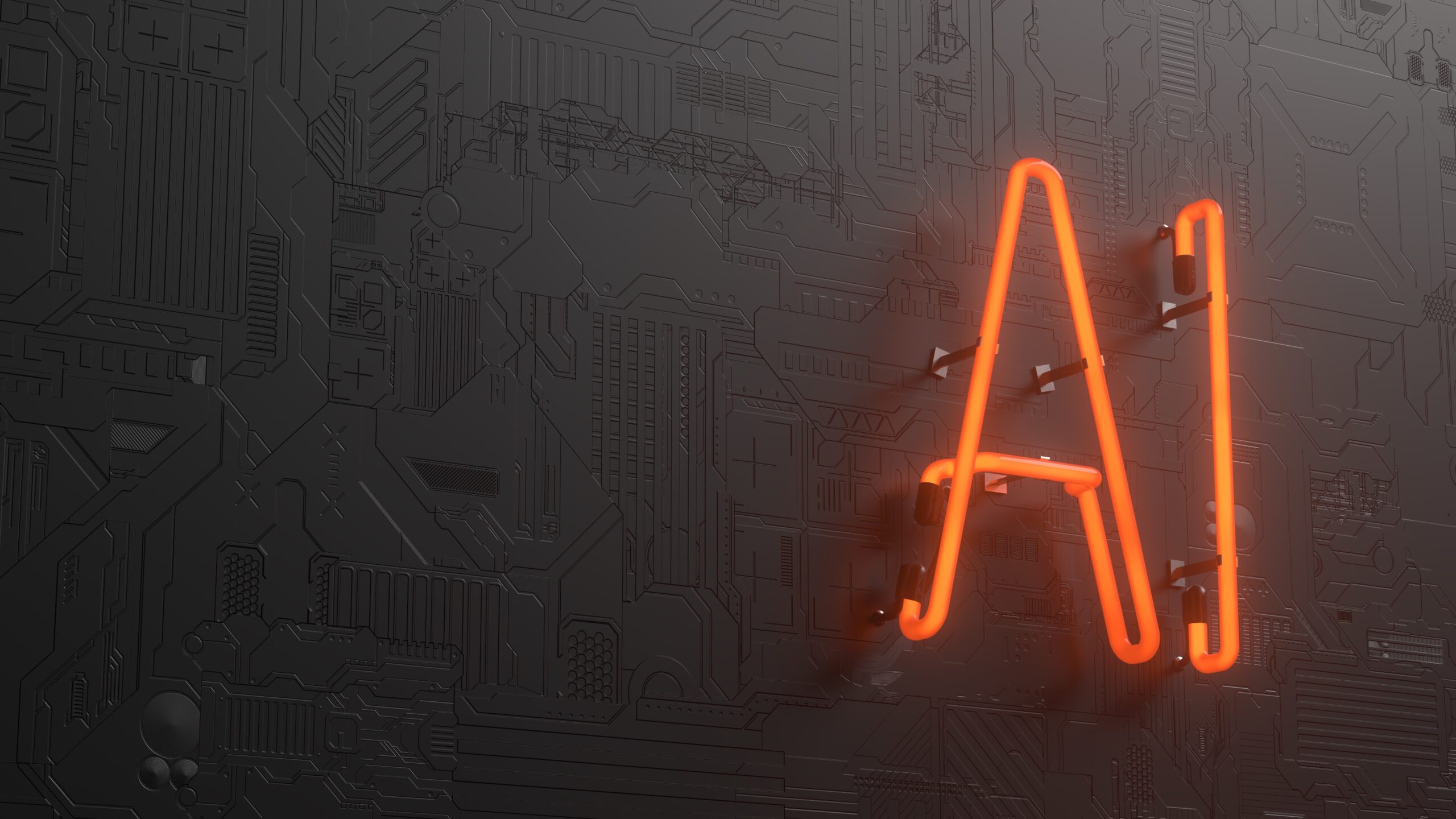
AI in Recruitment: Our Choice Our FightReflections on a presentation by Hung Lee
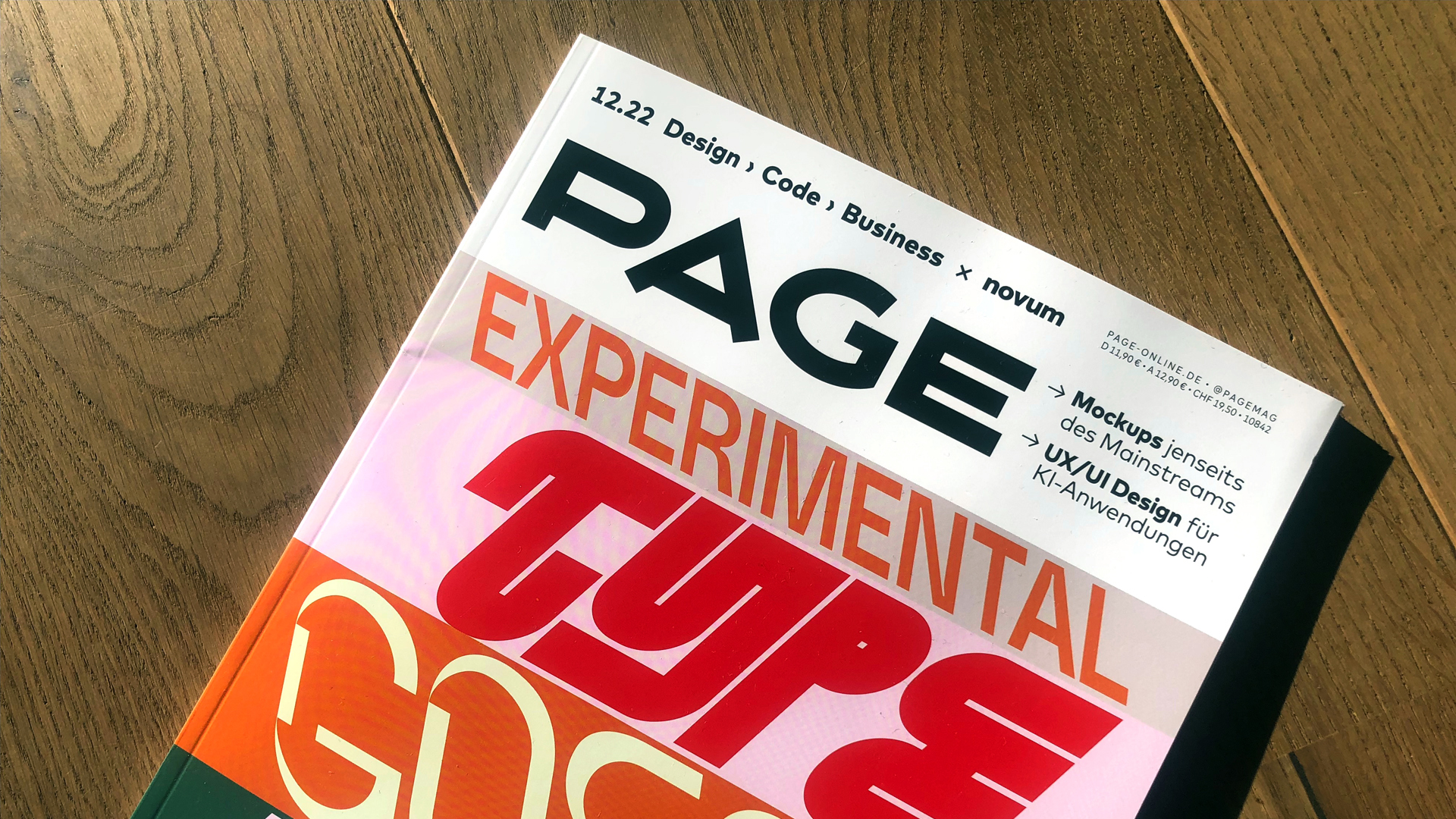
Full-Time, Part-Time, Free-TimeInterview for PAGE Magazine
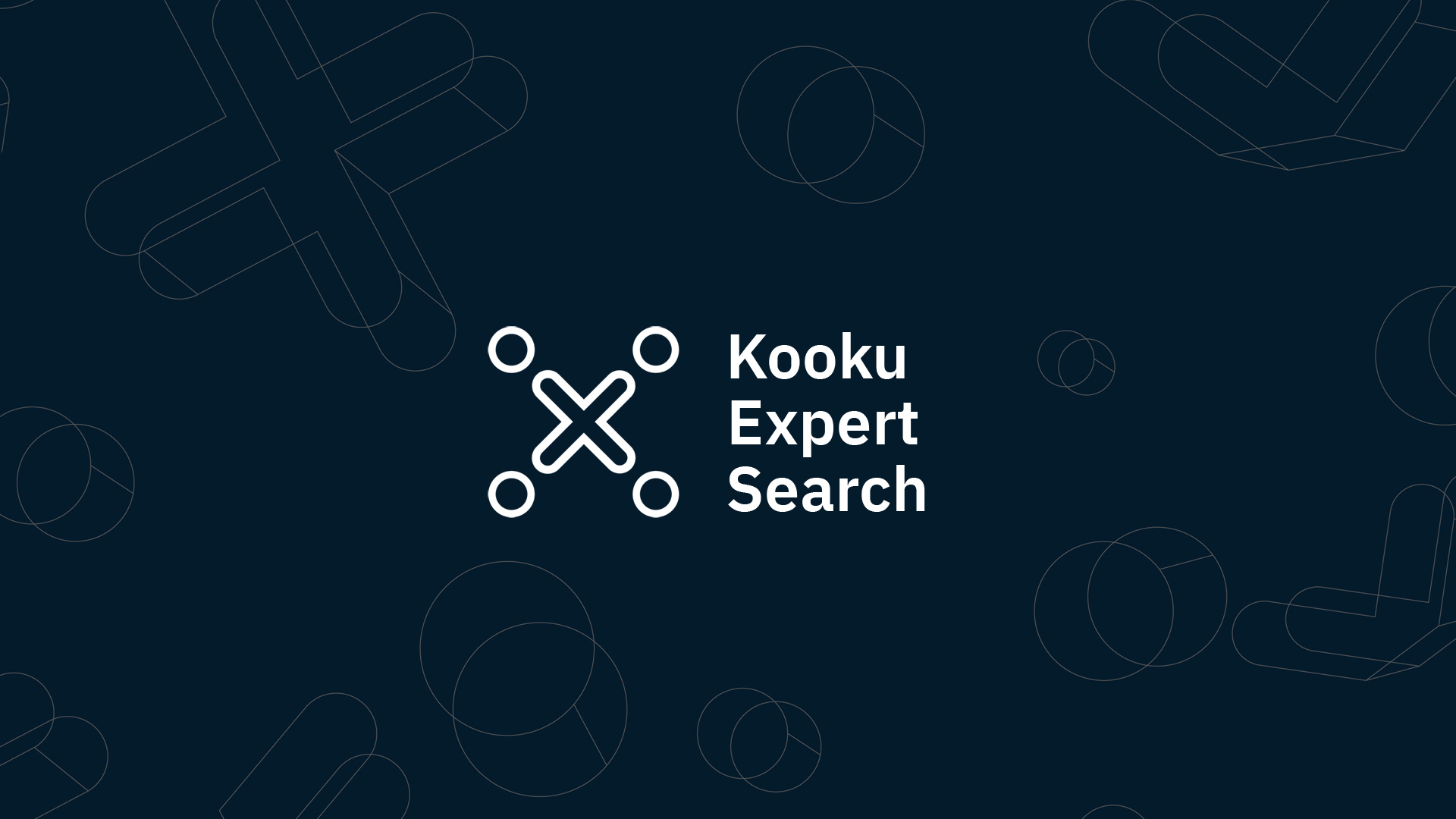
Kooku X — Vision to RealityBuilding a Minimal Viable Recruiting Brand
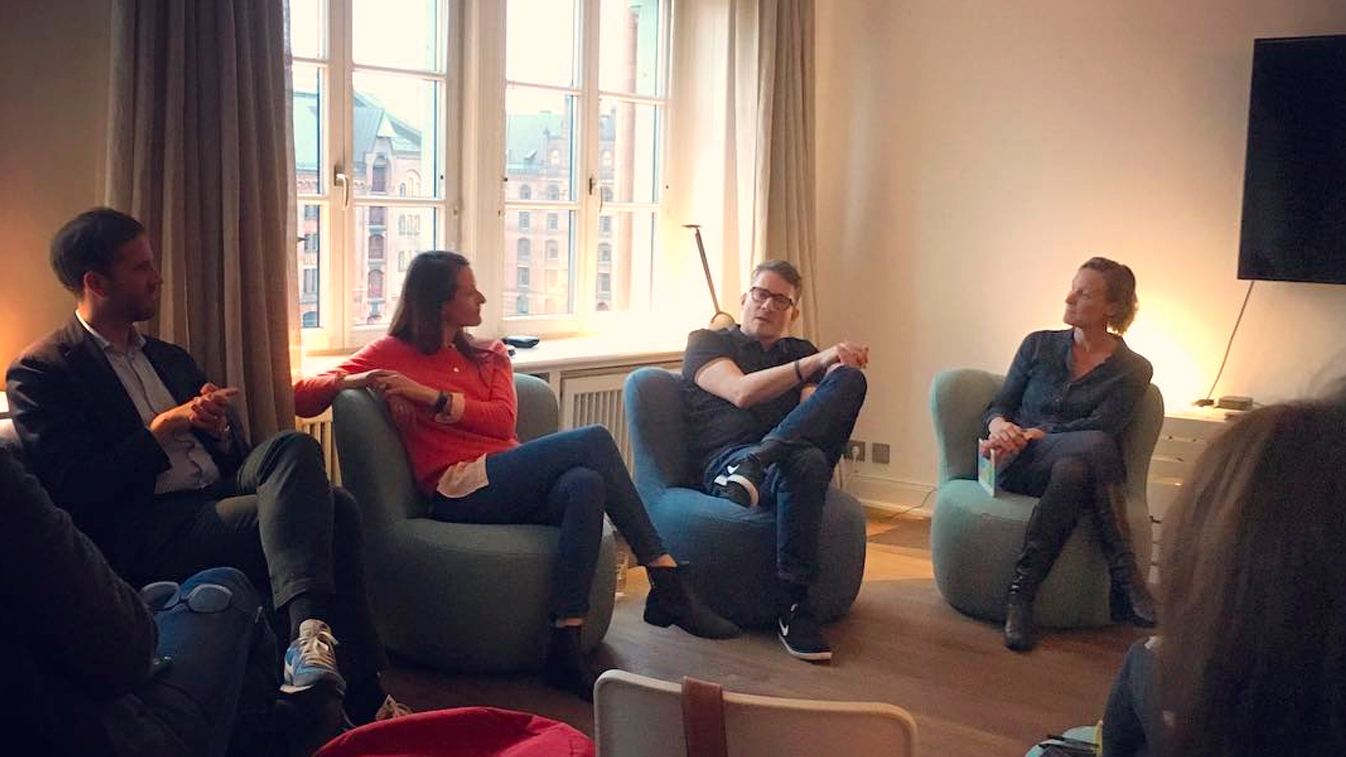
Mindset is EverythingSOULWORX ENERGIZER

Leading TogetherBlog Post
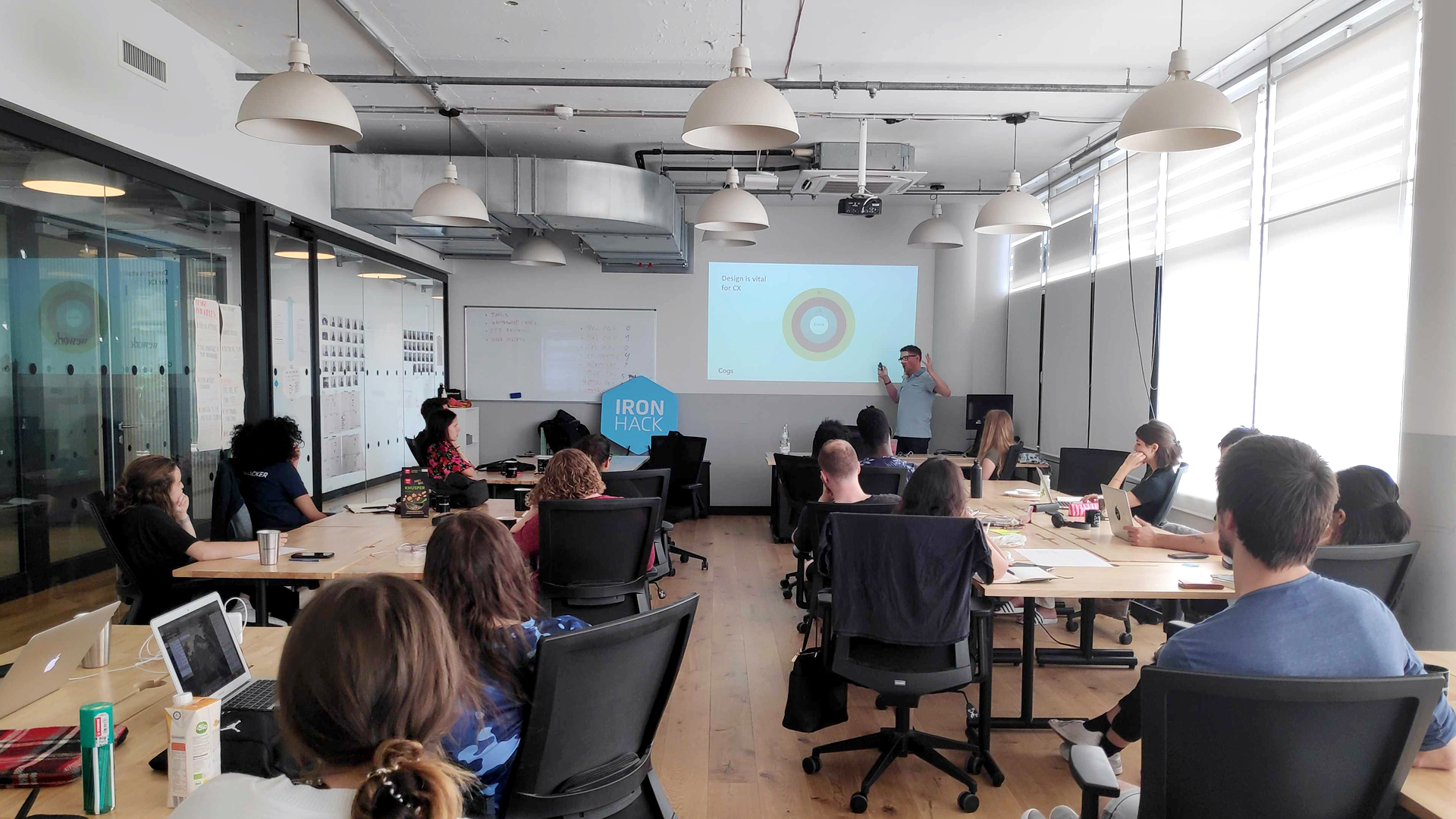
Unicorns, Hybrids, and Other Fantastic BeastsIronhack Workshops
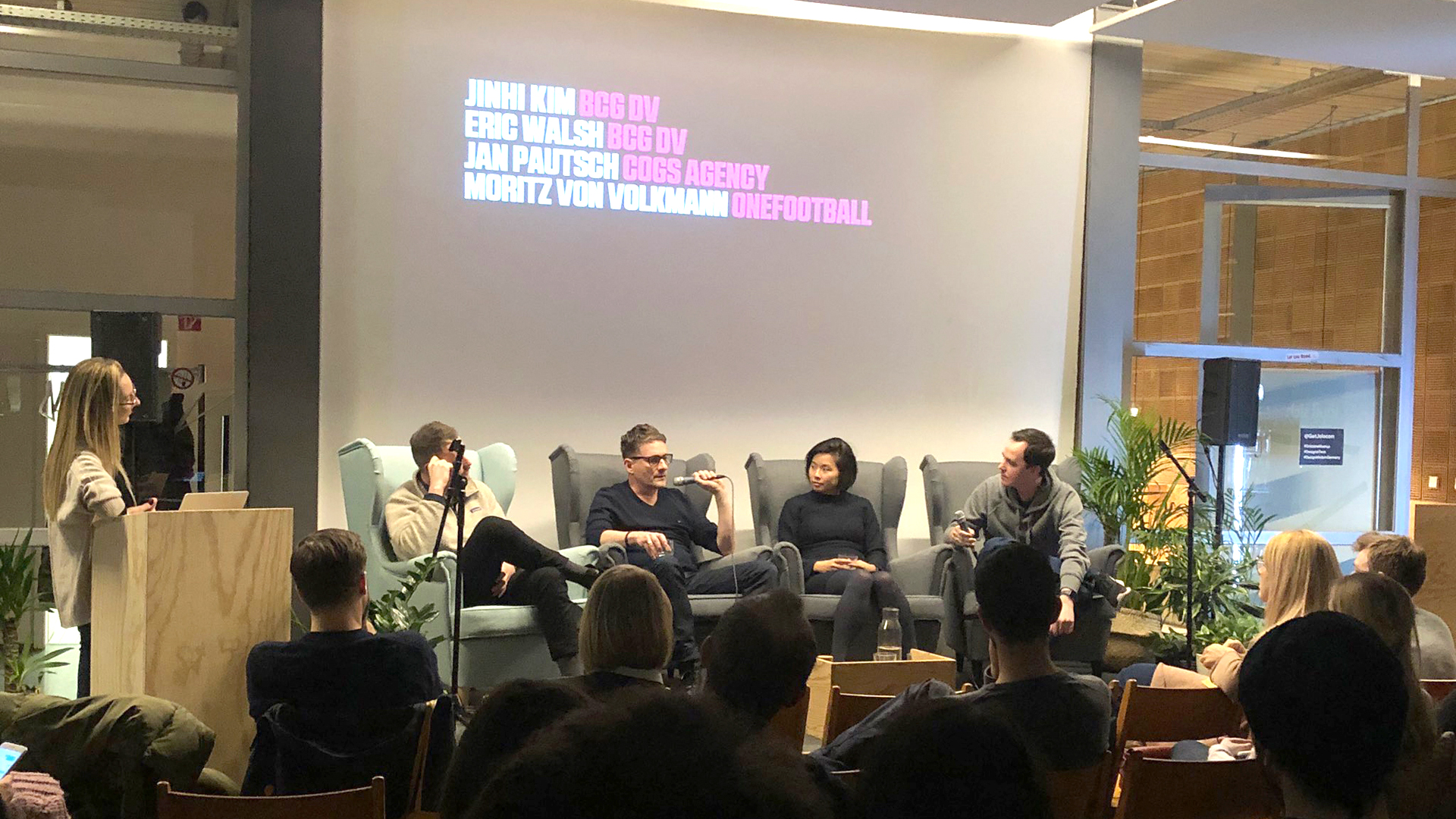
Embrace VarietyBerlin Dribbble meetup
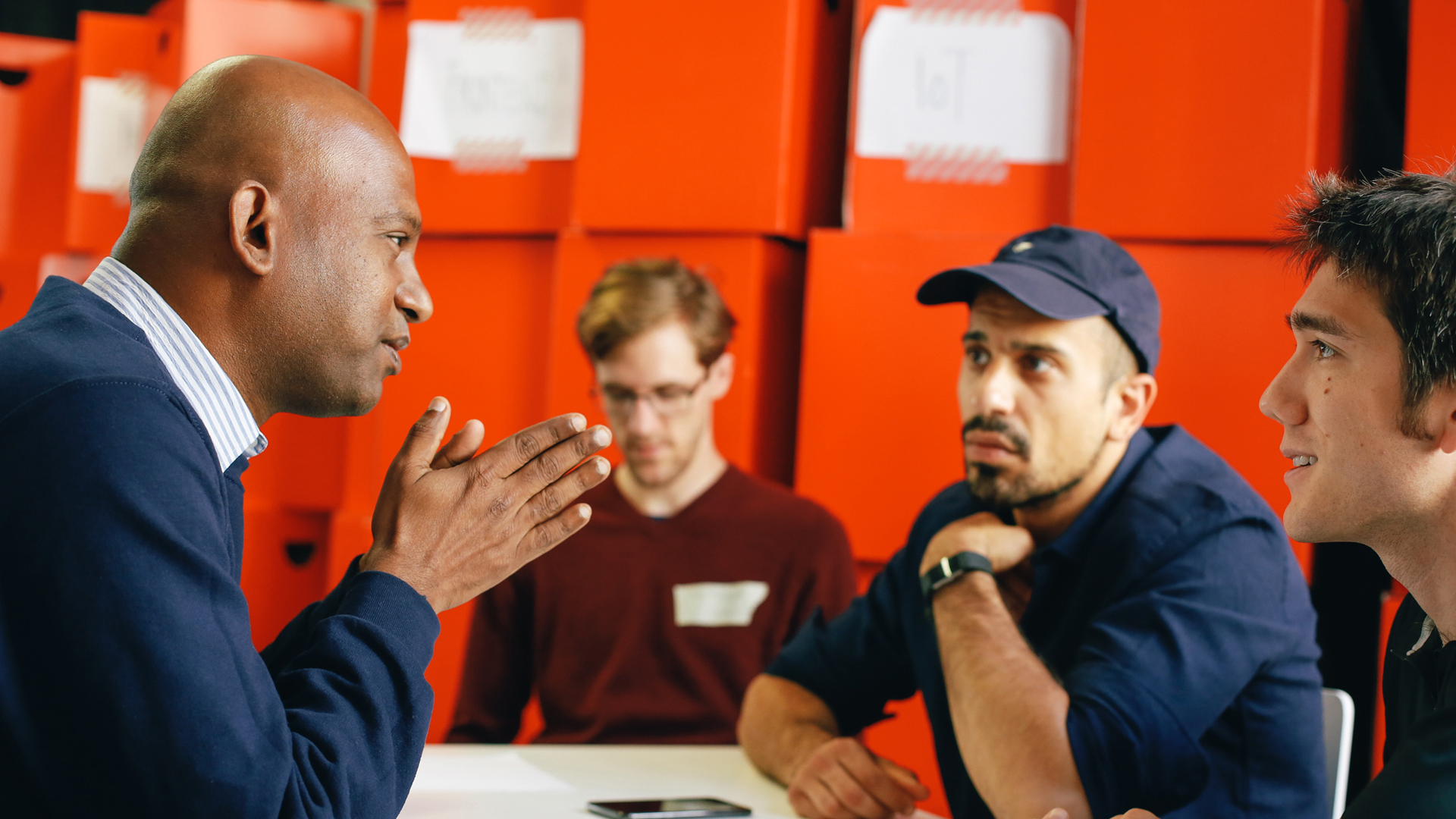
Tech-Speed-DatingVolunteering at ReDI School
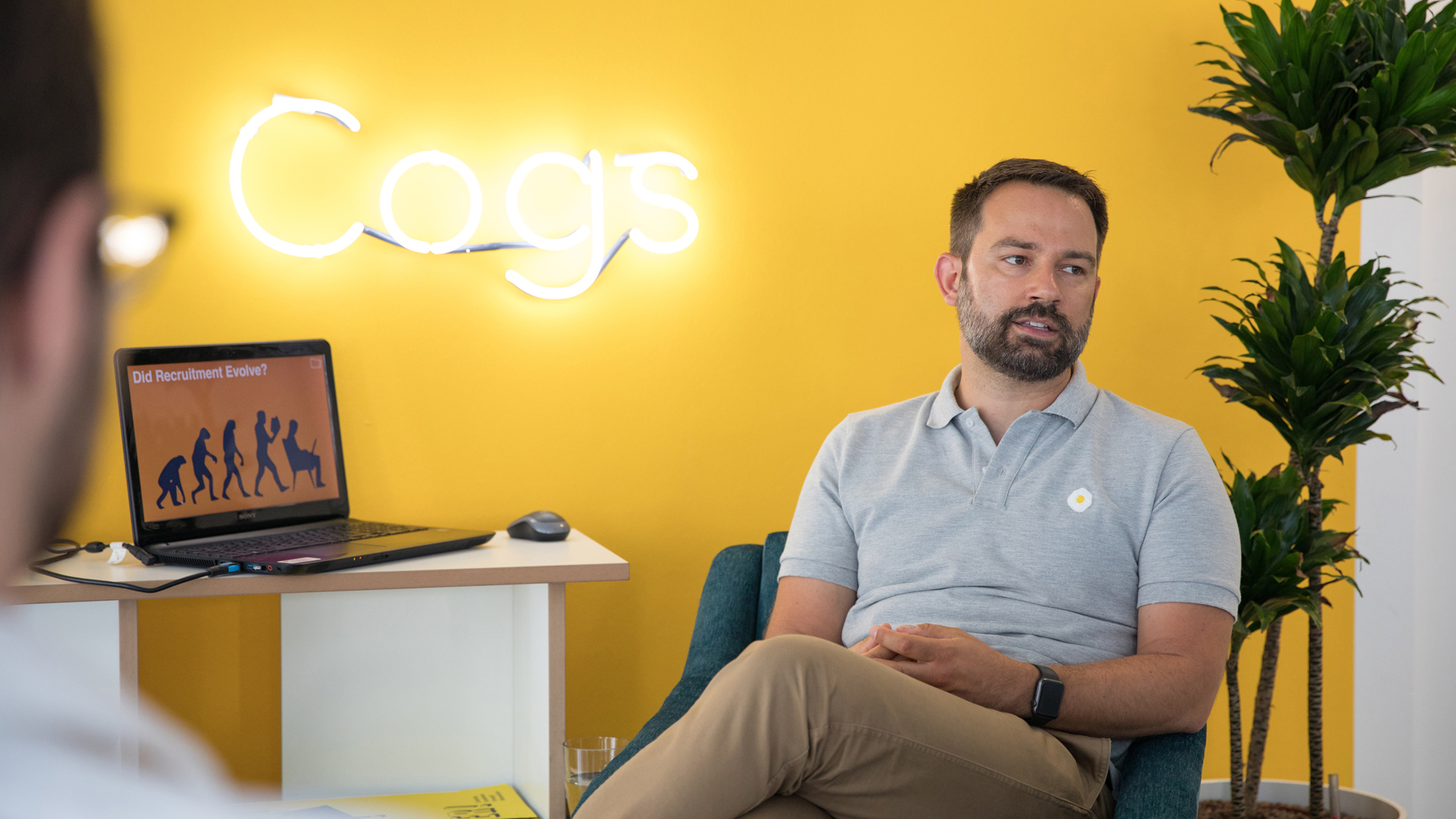
Cogs CrunchKnowledge Sharing Format
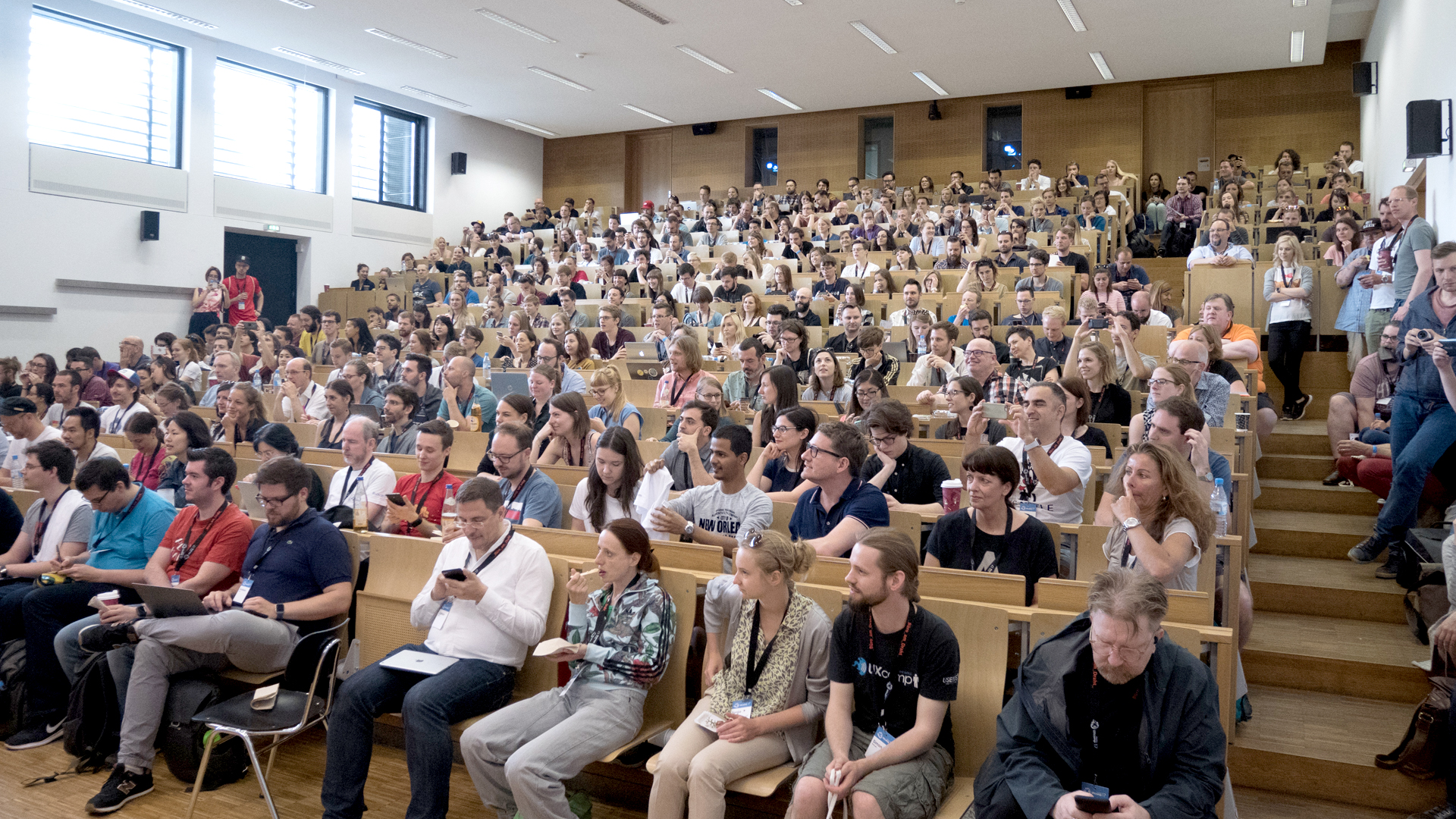
Headhunter SecretsUXcamp Europe, BarCamp
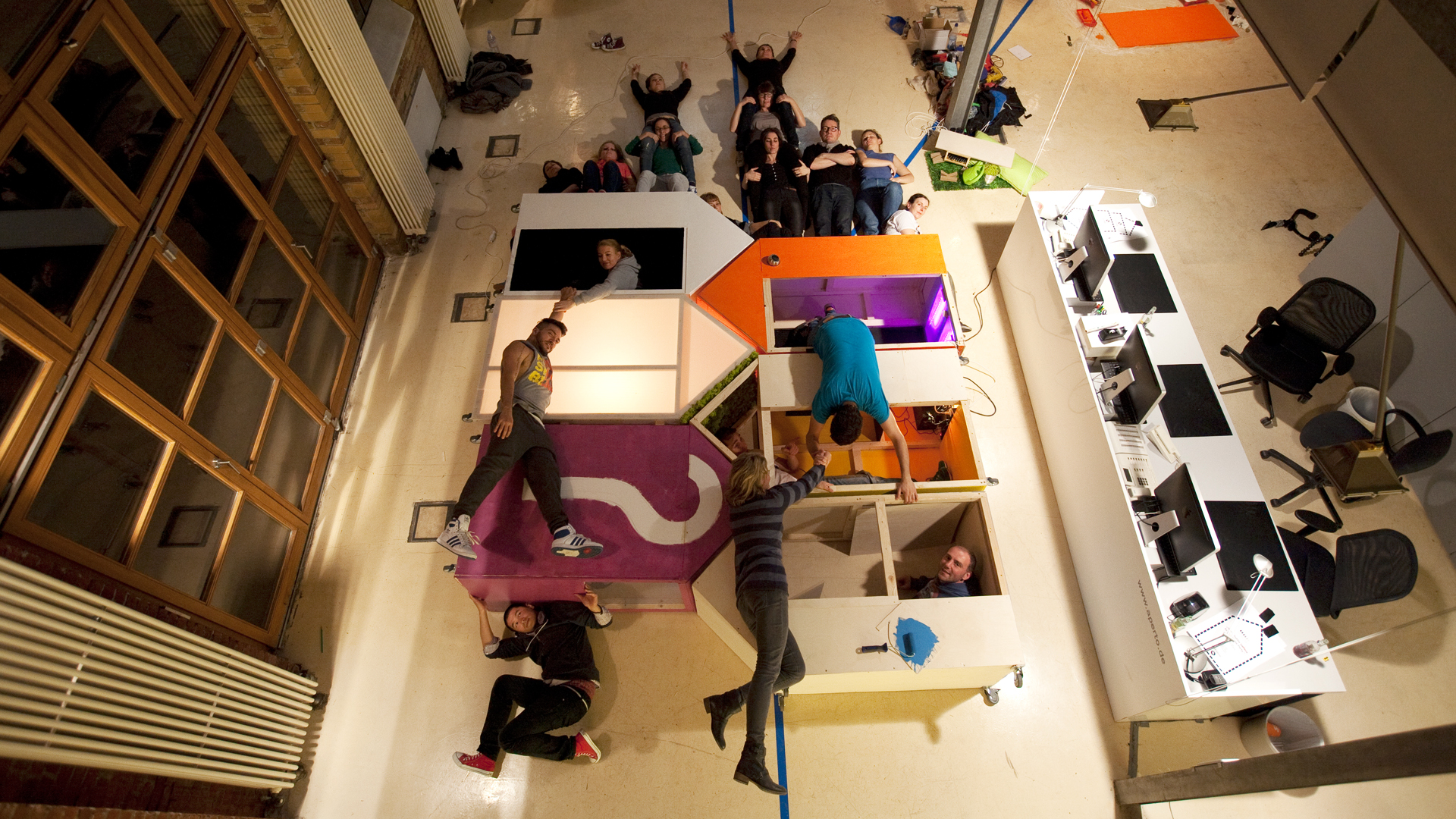
DECODERInnovation Platform
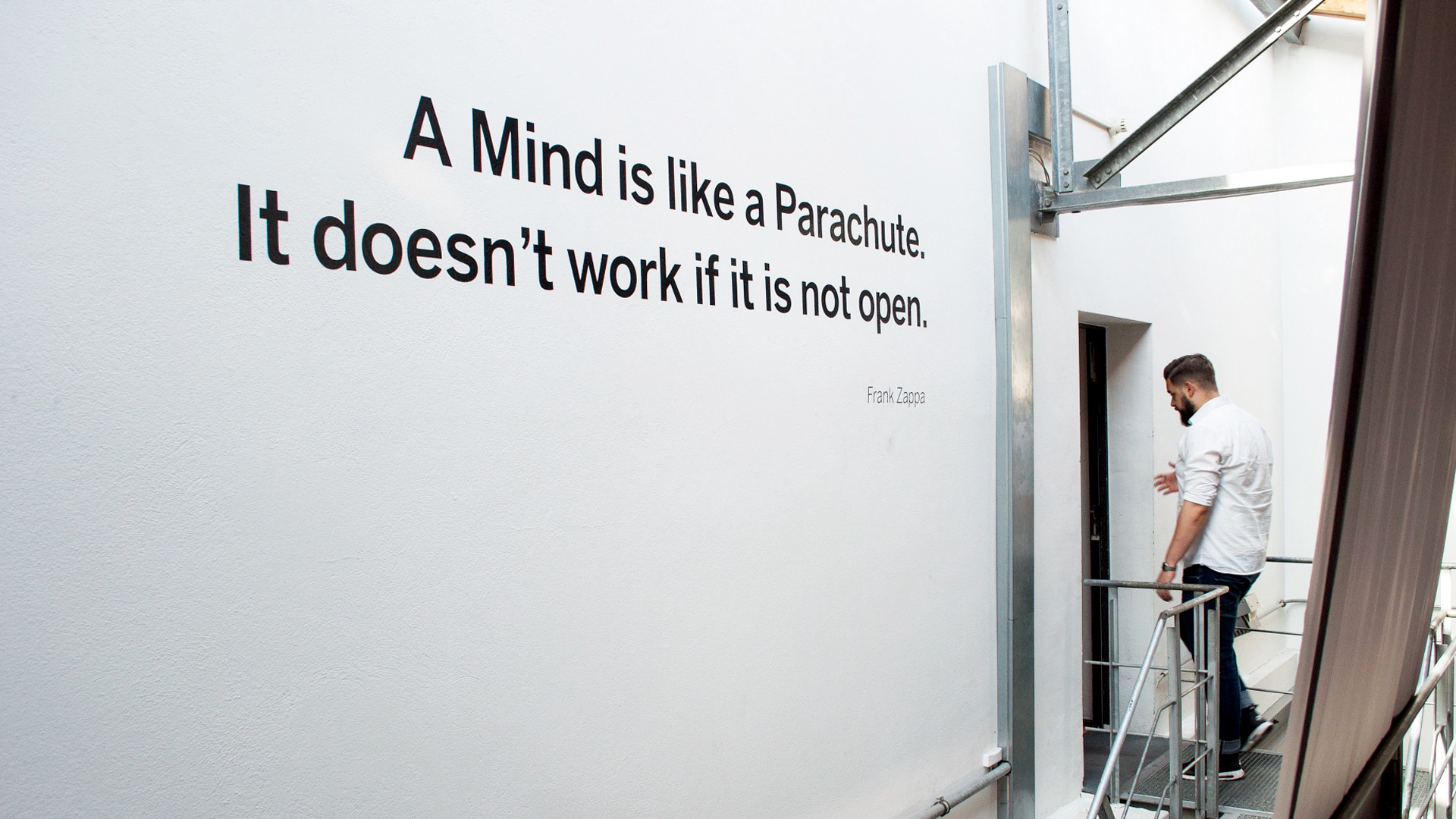
Humanizing OrganizationsBlog Post
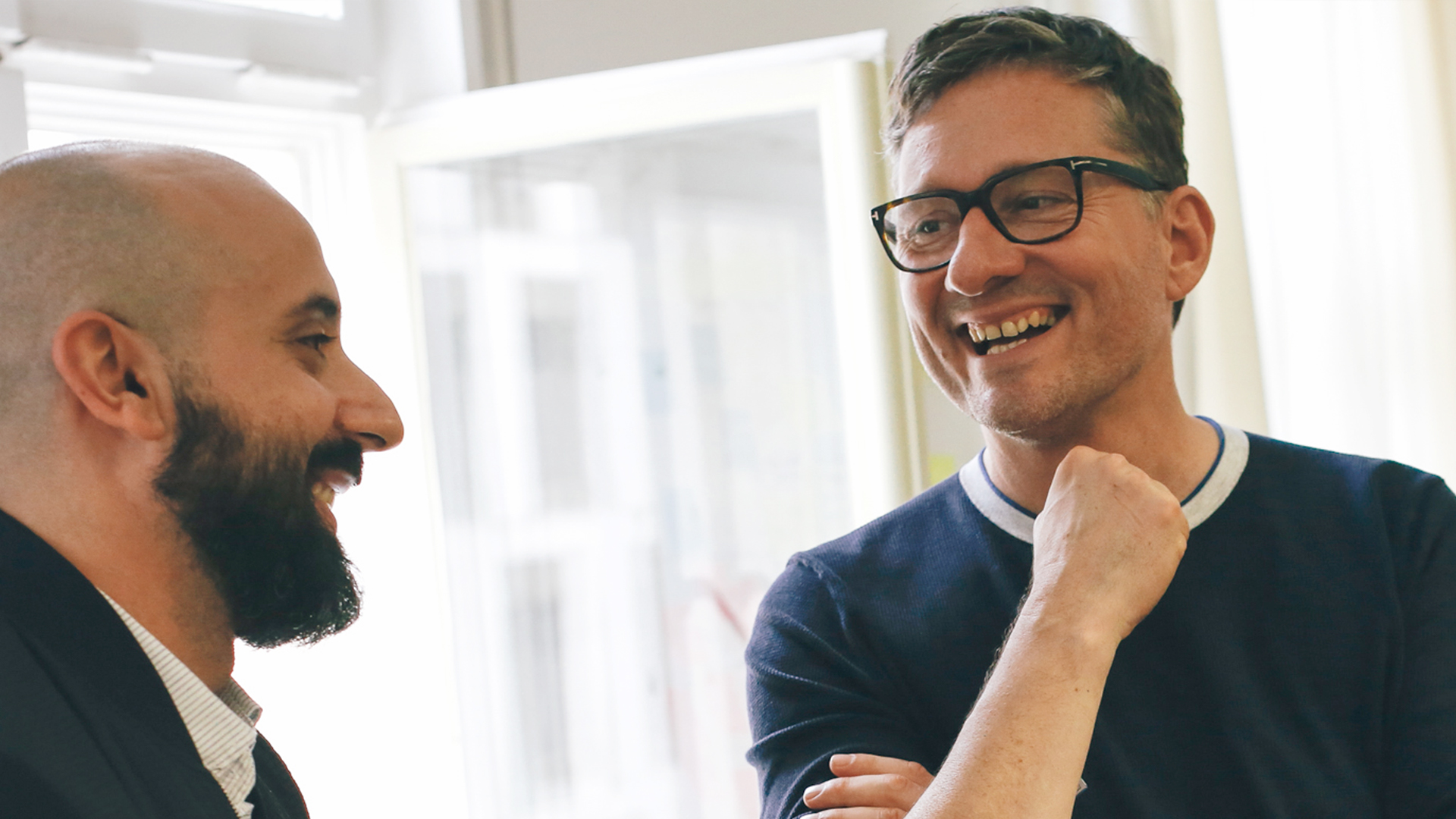
Service and Selected CasesPDF Download (PW required)
© 2025 Jan Pautsch
© 2025 Jan Pautsch